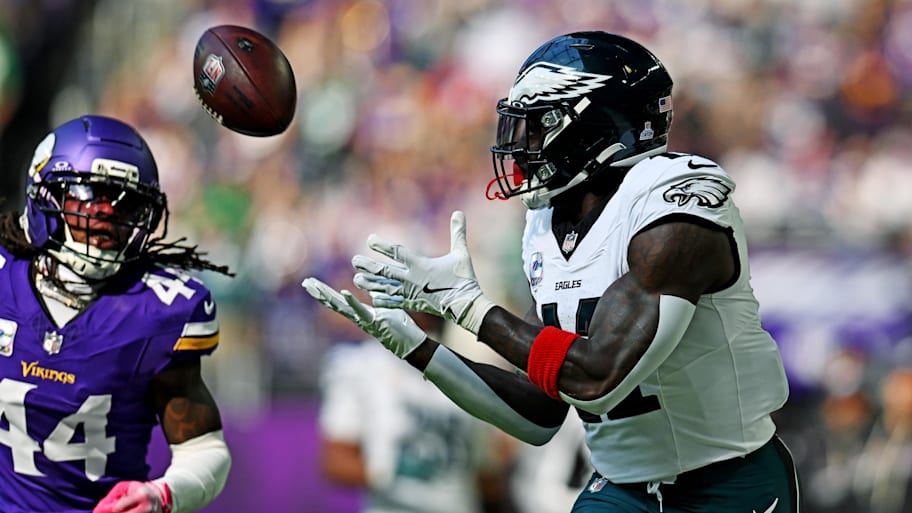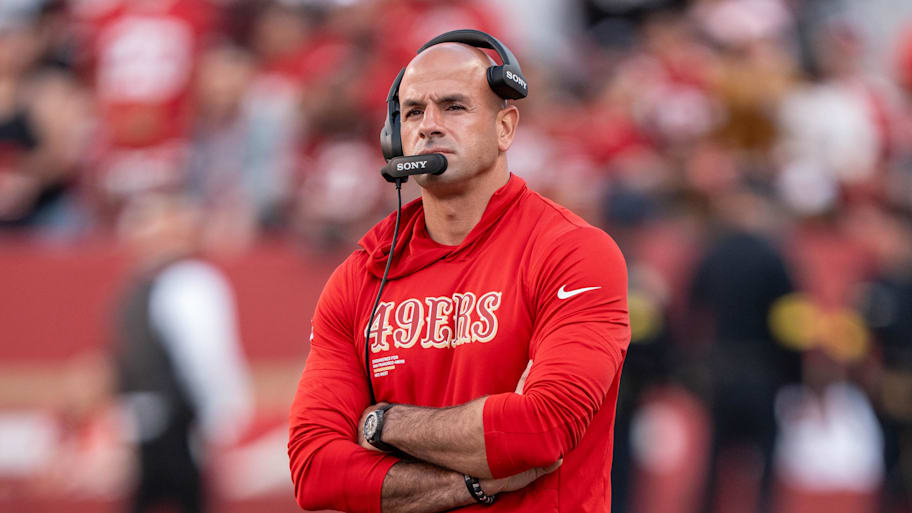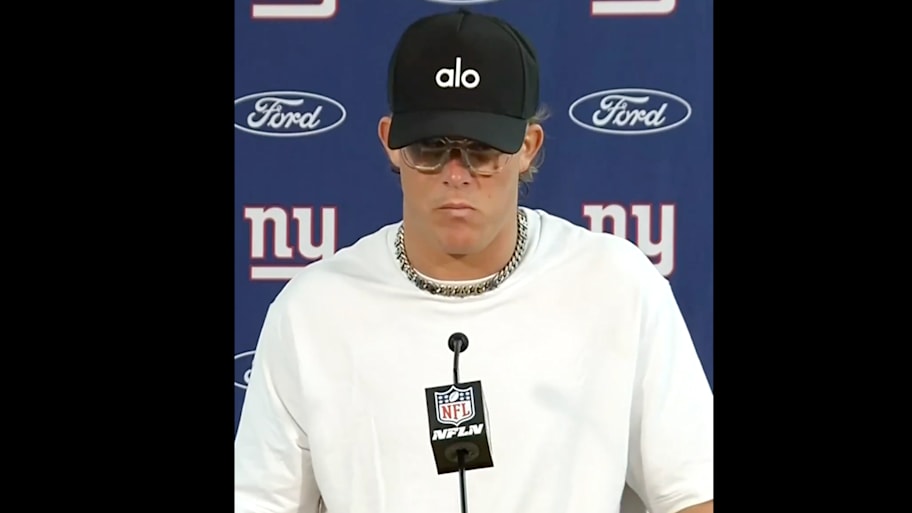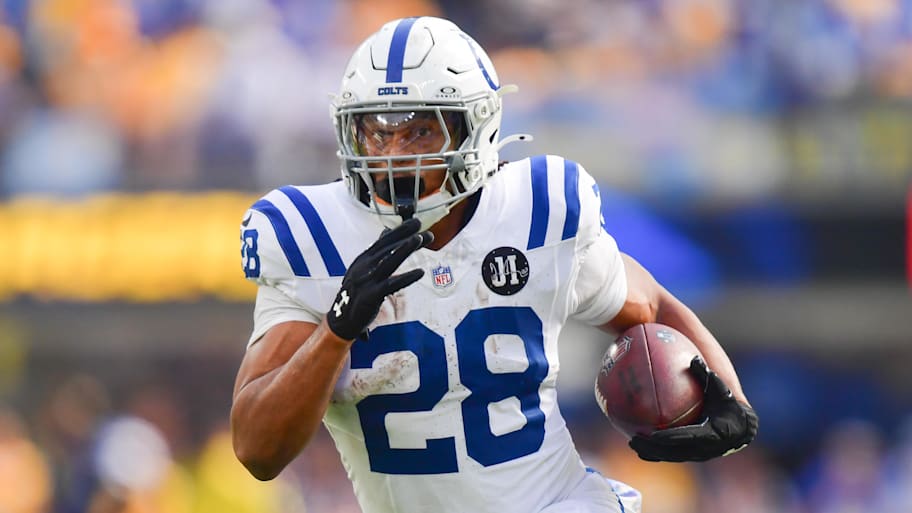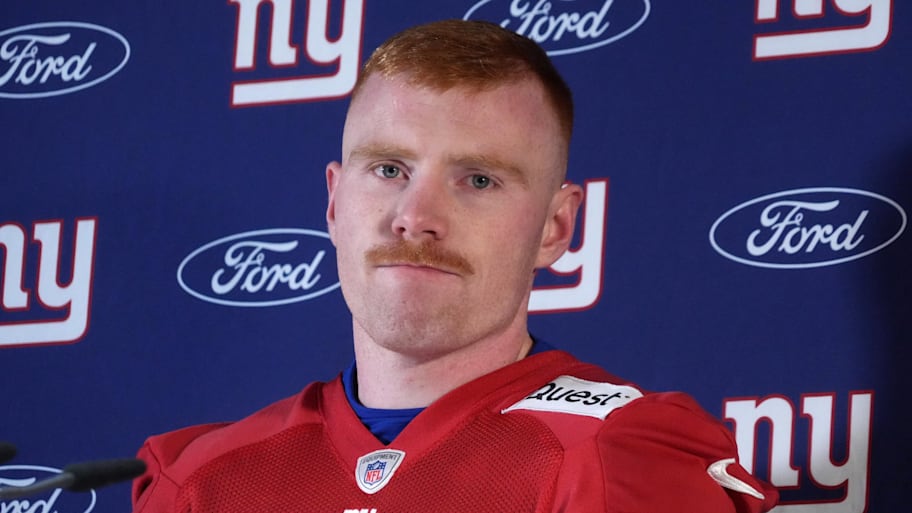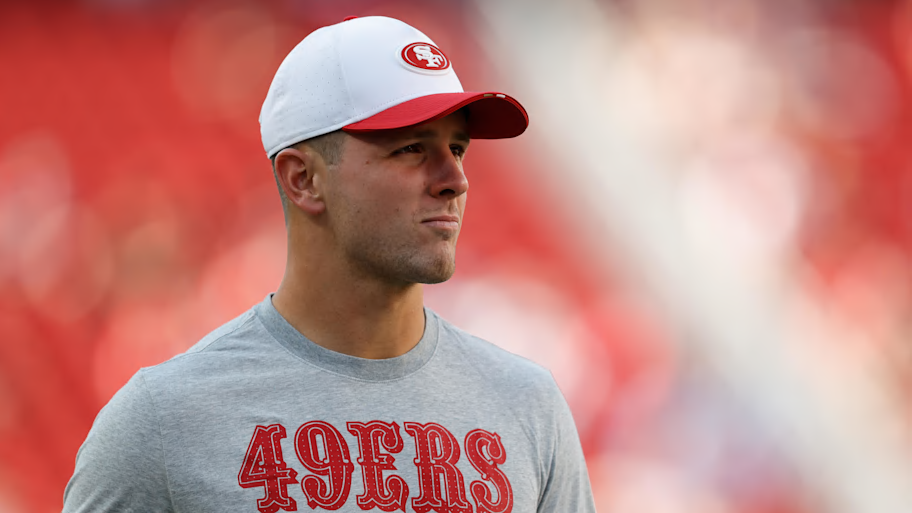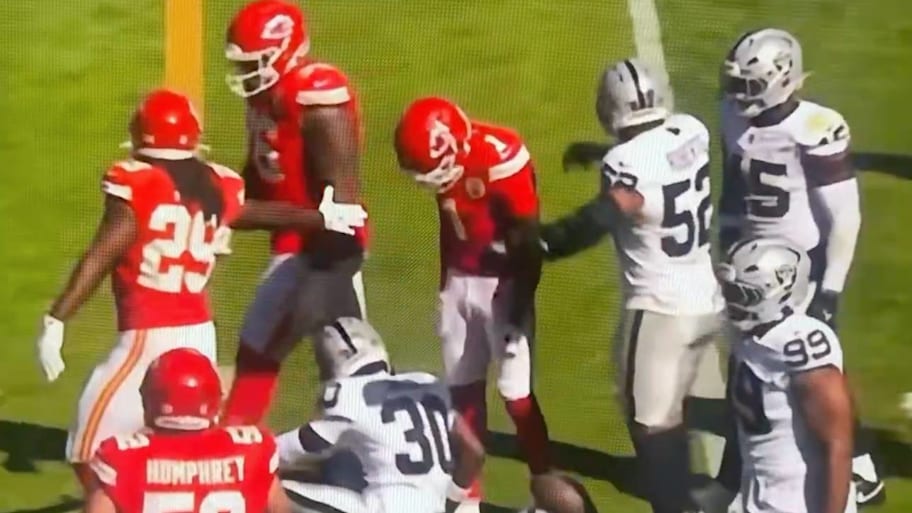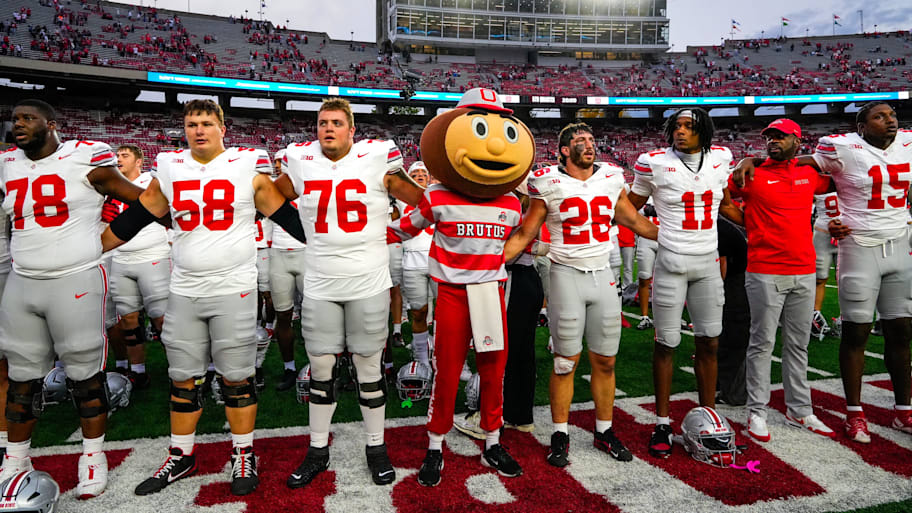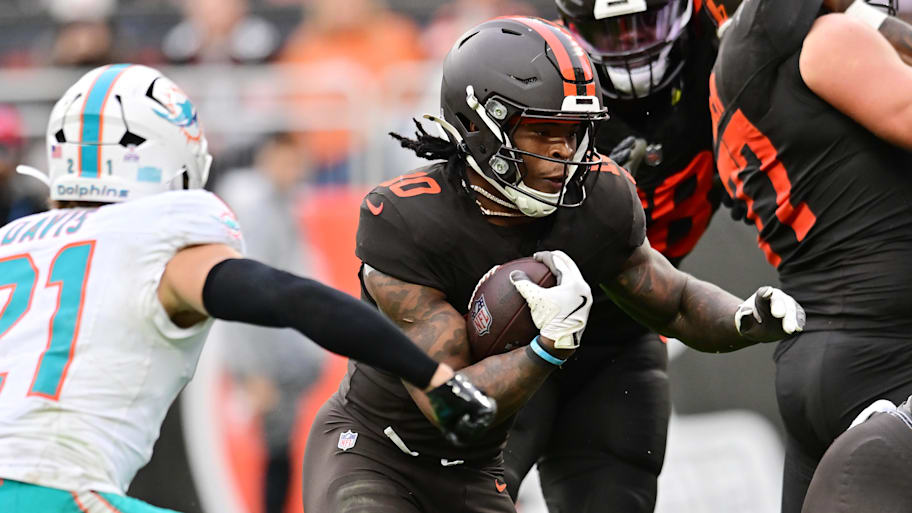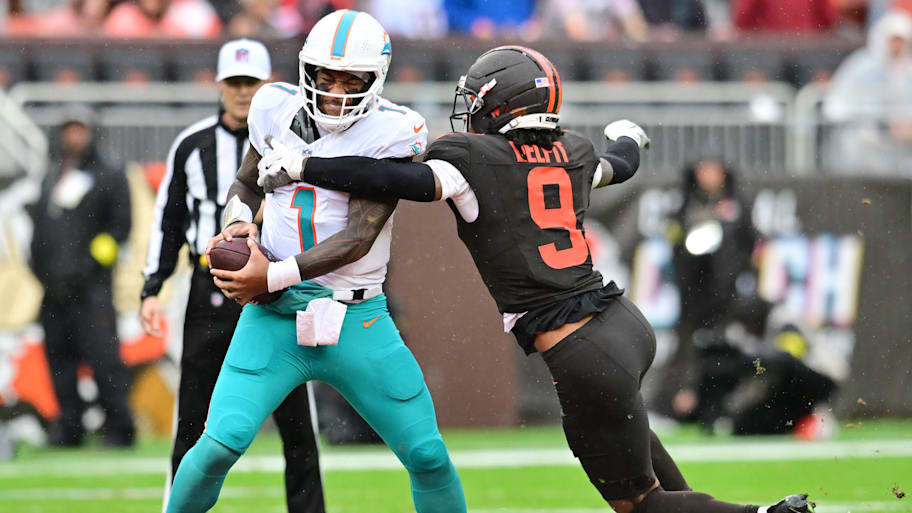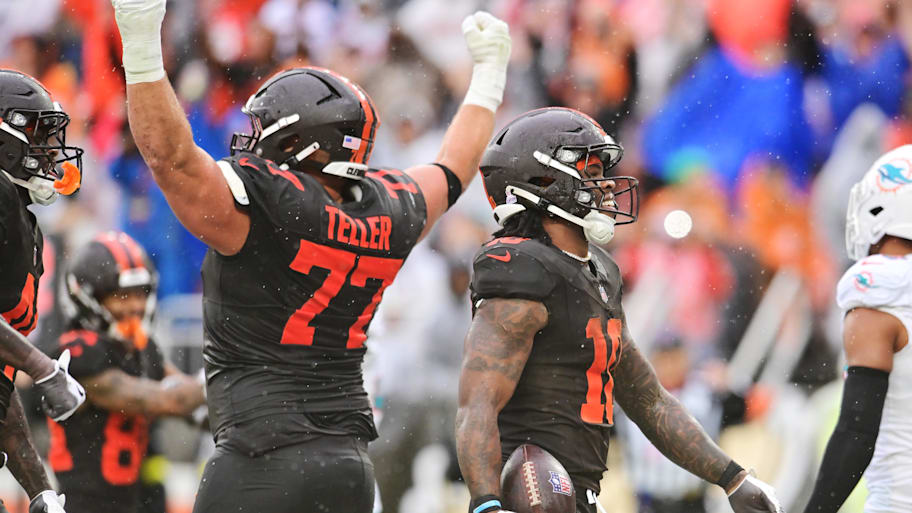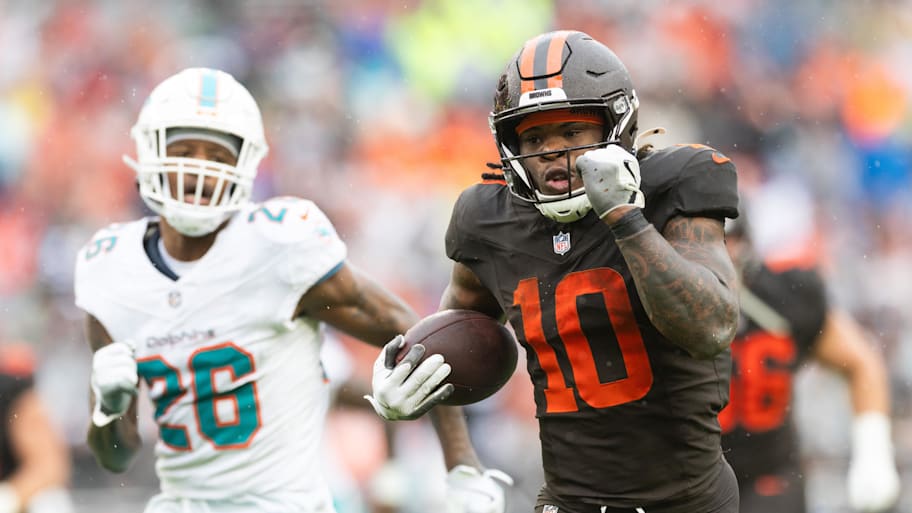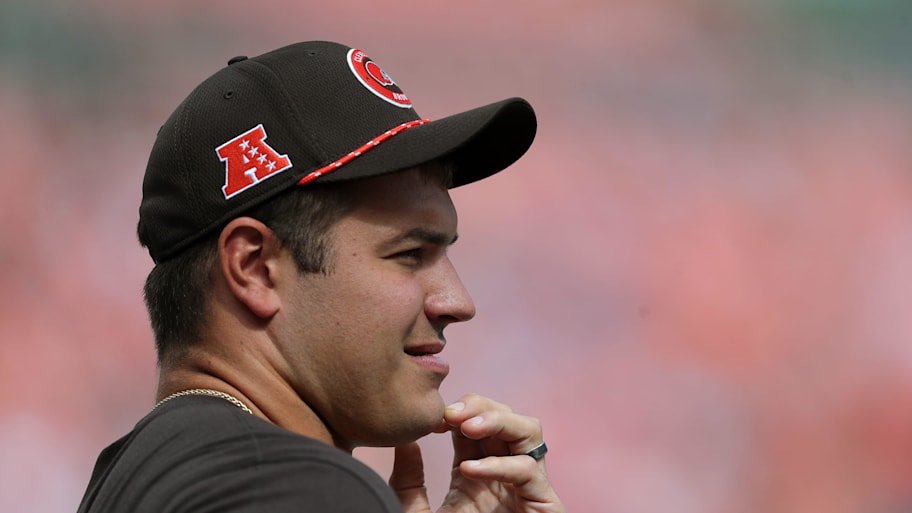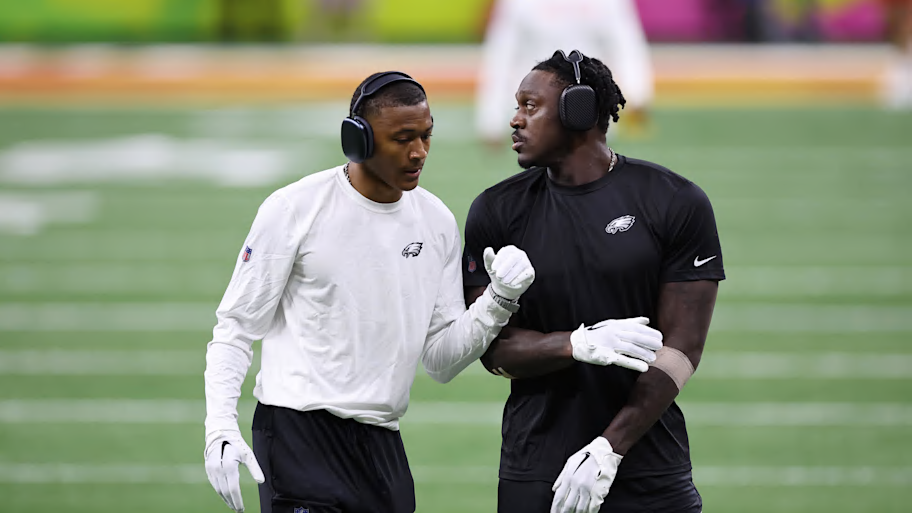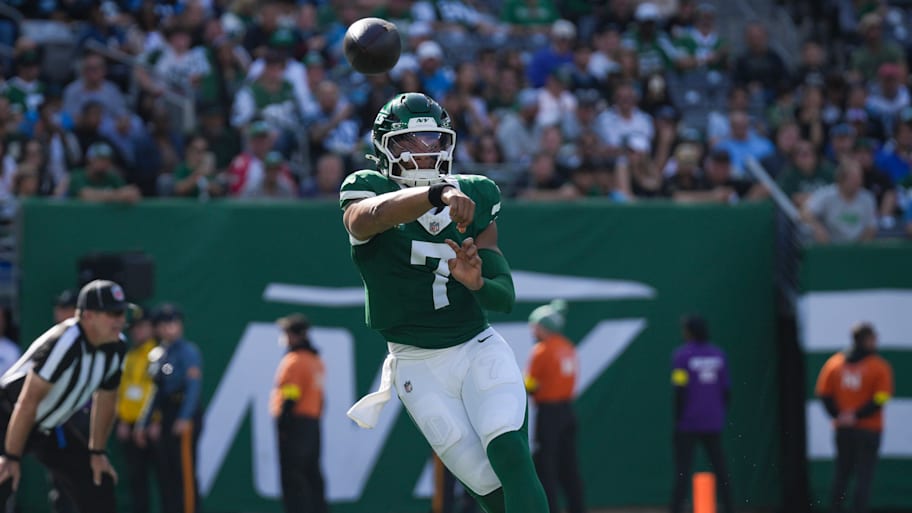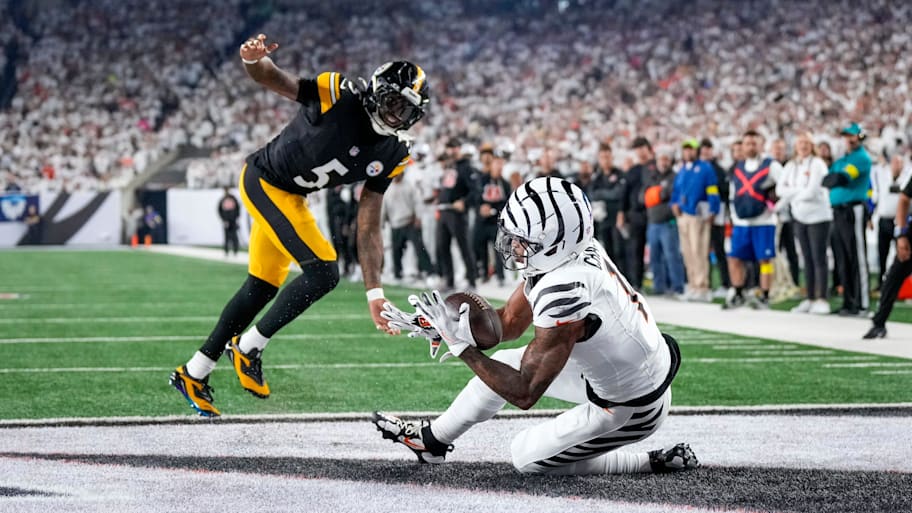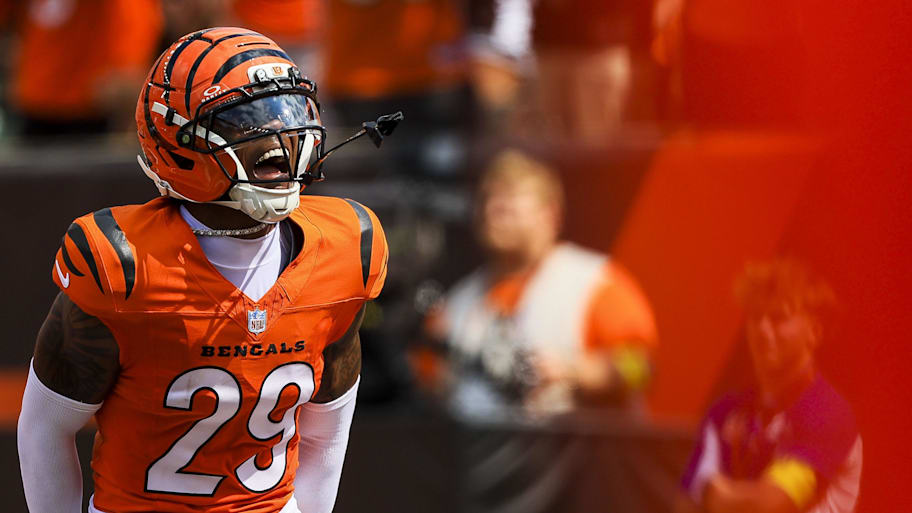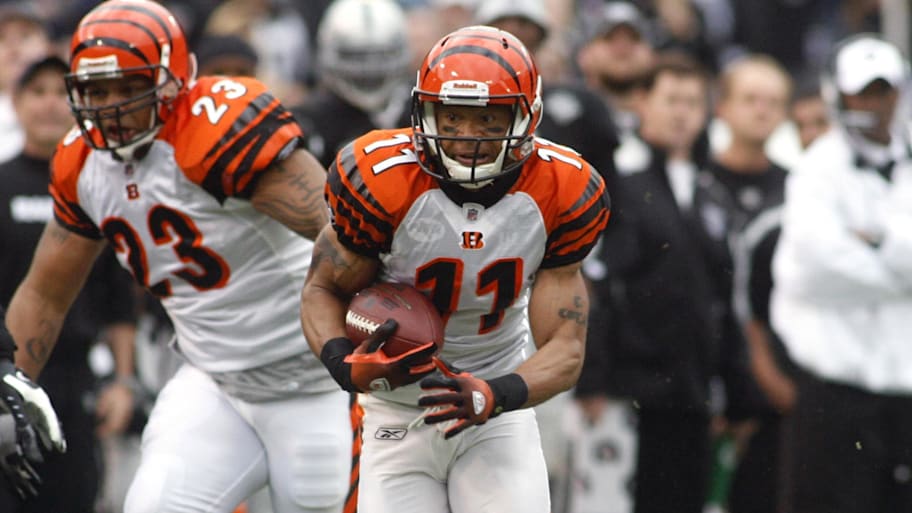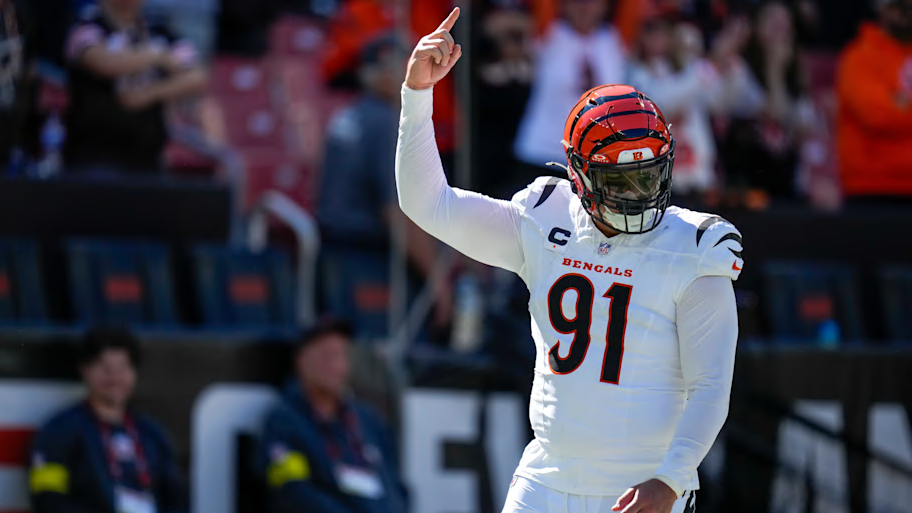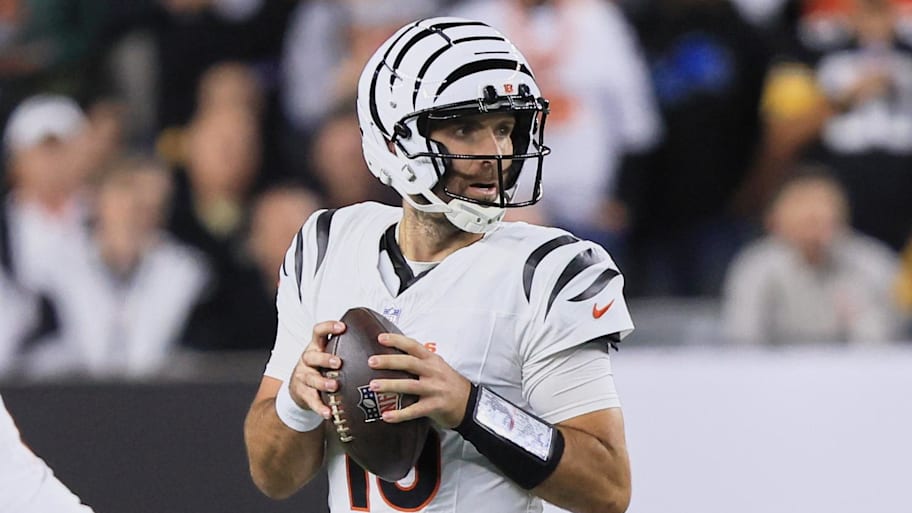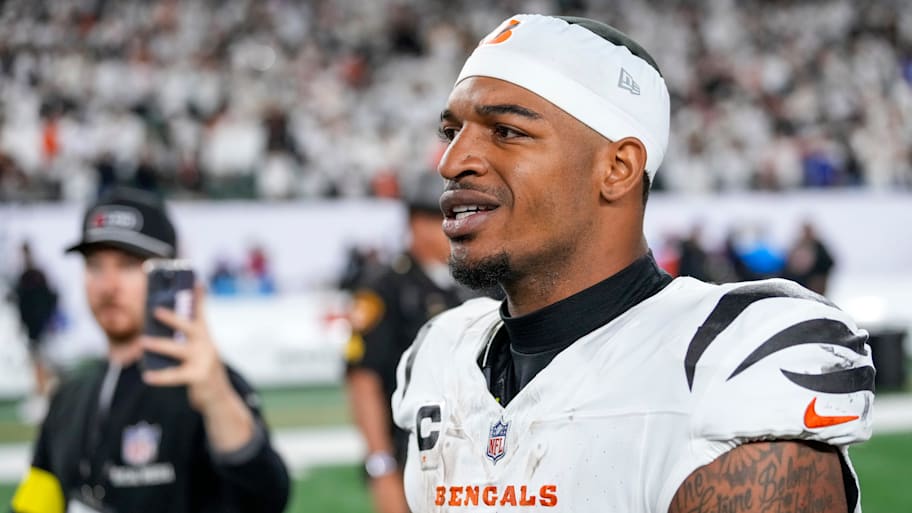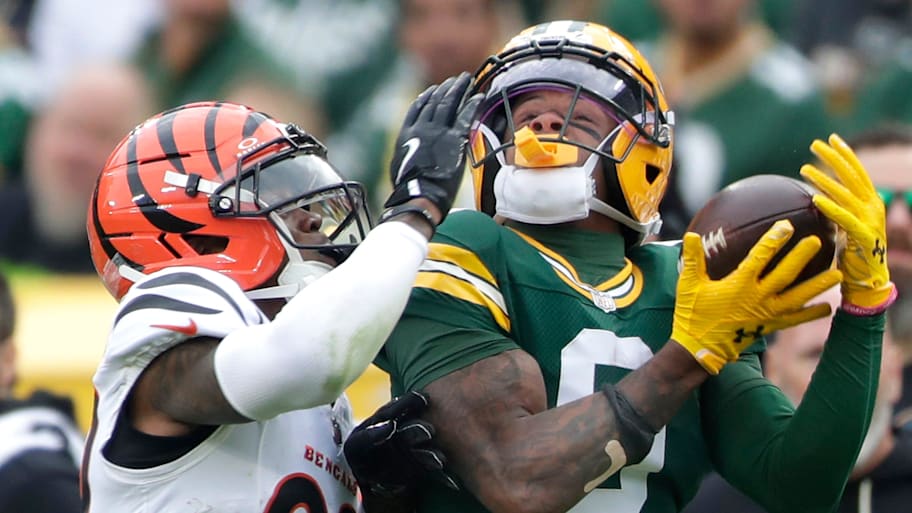COLUMBUS, Ohio (WCMH) — Over the past year with COVID-19 athletes all over the world have had to adjust to when they compete, where they compete and who is available to compete.
This past weekend, the Ohio State men’s gymnastics team had to change how they compete: they went virtual.
“We were actually one of the first sports the NCAA approved the virtual meets was during our regular season,” said Ohio State men’s gymnastics head coach Rustam Sharipov. “I think that the idea came last year when the COVID hit, you know we’d been in a lock down. So, we as head coaches, assistant coaches, the whole gymnastics community started to think what can we do if the season isn’t going to happen? What can we do to make sure the guys still have a good experience?”
At first, the Buckeyes thought the entire season would be virtual; but then, things improved with the pandemic and they opened their season with an in-person competition at Illinois.
Then, Michigan had to shut down its athletic department for two weeks due to an outbreak of the COVID-19 variant. Their meet against Ohio State had to be postponed, and suddenly the Buckeyes had to line up a last-minute out of conference competition.
“We reached out to schools to see who wants to do a virtual meet?” Rustam explained. “A few schools were interested; Navy was one of them.”
“As soon as we got back into the gym in October we kind of primed ourselves to have the outlook, like anything is going to happen, there’s nothing that’s set in stone, and just basically be prepared for anything to change,” said OSU senior Sean Neighbarger.
“I remember having the thought of my goodness, virtual meets? That’s gonna suck. I don’t want to do that.”
“I think to be honest I was a little apprehensive. I wasn’t really sure how it was going to work,” added fellow Buckeye senior Andrew Brower. “And I think as we put it into practice, I was pretty impressed.”
So, a digital platform had to be created specifically for this purpose.
“Essentially you have a livestream. So, the judges are watching both teams as they compete live,” explained Sean. “You can see they have the list of each team member and the lineup. It’ll say pending while they’re judging and then the score will pop up.”
The routines were the same ones the athletes had practiced hundreds of times. The equipment was the same they practice on. Still, there were little, unexpected adjustments.
“It’s the fact that the judges aren’t there. I know a lot of us were confused because you’re sitting there in front of your piece of equipment saluting, and you’re saluting to a camera!” Andrew explained. “I’m used to saluting to a specific person. So, I remember, at least for me, when I saluted on pommel horse I saluted to our director of operations, Drew. He was behind the camera and to me it made more sense to salute to a person rather than to a camera.”
Then there’s a green light next to your name when you can salute. So, you must keep watching this monitor before each turn before you can salute,” Sean added. “So, it’s definitely a lot more, you have to pause and think a lot more. I remember asking my coach, “can I go? Can I go?” usually I have that time to visualize, get myself ready, but instead I’m sitting there talking to my coach, “can you tell me when to go? Because I don’t actually know.”
It wasn’t just the athletes who had to adjust. Coaches are also used to having the judges nearby.
“I think for the coaches when we see the real judges and we see the score, if we like it or we don’t like it, so we can express our feelings to the judges with emotion and our faces,” Rustam said. “But our faces are covered so it doesn’t matter what we say to the judges they cannot see!”
And then, like athletes from many sports have experienced this year, there is simply a lack of environment with no fans. In this case, take that step further with no in-person opponent.
“One of the big things was creating the energy on our own,” Andrew said. “I will say though I do miss that feeling of having that team on the other side. I think a lot of athletes when they go to competition part of what fuels them is the team on the other side.”
“At the end of the day I tell the guys, this is the same stuff. If you let all these different distractions make you feel like it’s different it’s going to let you,” Sean added. “If anything, we can turn this into an opportunity to bring that same energy we have in the gym when we feel so comfortable into a competition where we don’t have those extra distractions.”
There may be more virtual competitions down the road for Ohio State. Now, they are prepared mentally and emotionally – and maybe, even more so than any other year.
“I think we are getting stronger, getting smarter and we are adapting, and I think during this process each of us is learning something new,” Rustam said. “And I think that’s a good thing.”
“I think whenever we are talking about athletics, people just few athletes as their performance on the court, or in the gym or wherever,” Sean said. “So I think this is just a great time to reflect as a community as a whole to see that we are people too and we have to go through a lot of obstacles too, you know, do what we do best. So, I think it’s a time to showcase that. We are people too and we have the same things to deal with.”
“We’re happy to be able to do the sport that we love which is almost as important as going out there and winning,” said Andrew.



